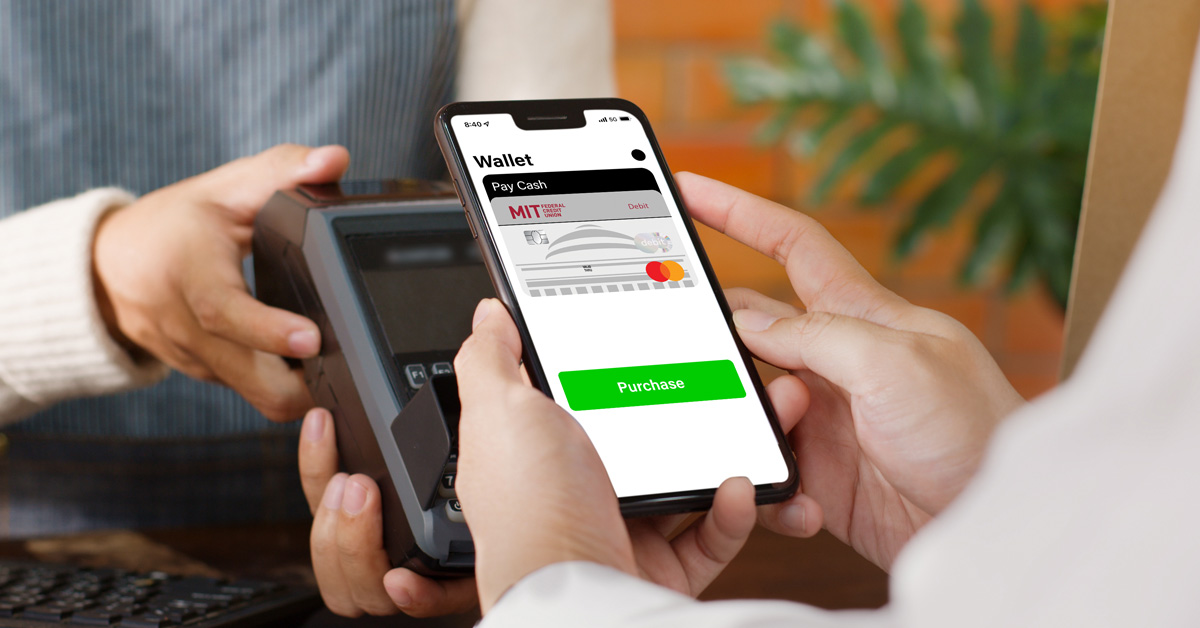Mobile Wallets in the Digital Age
From ebooks to streaming services, technology has transformed traditional forms of media into digital variants. This trend reaches far beyond the entertainment industry; in particular, innovations in the banking sector during the 2010’s created mobile alternatives to wallets. Mobile wallets contain the credit and debit cards of traditional wallets in a convenient and digitized format. This article explains the technology behind mobile wallets and illustrates how mobile wallets have revolutionized the way we send and receive payments.
How They Work
Mobile wallets, such as Apple Pay or Google Wallet, allow users to add credit or debit cards to their smartphone. Users then tap the device near a card reader to complete purchases. This is made possible through a Near Field Communication (NFC) chip stored on the device. When the NFC chip approaches a point of sale (POS) terminal, the mobile wallet sends information to the terminal so that the payment can be quickly processed and approved.
Benefits
The safety, efficiency, and security of mobile wallets have spurred their expanding popularity.
During the COVID-19 pandemic, customers increasingly sought contactless payment options, accelerating the adoption of mobile wallets. These reduce the spread of germs as there is no physical contact or exchange of paper cash between users. This aspect of mobile wallets can also be seen as an environmental benefit; by digitizing transactions, mobile wallets reduce the emissions resulting from producing traditional plastic cards, leather wallets, and paper records.
Mobile wallets are also a highly secure means of payment. Credit and debit card data is encrypted through a process called tokenization. When a user adds a new card, the mobile wallet communicates with the cardholder’s bank to create a ‘token’ - a unique identifier associated with the device. Instead of directly storing the original card data, the smartphone stores this token, and upon payment, transmits the token to the payment terminal. The attempted purchase is approved only after the bank verifies that the token matches that of the device.
These layers of protection ensure that the data needed to complete a purchase is not just isolated on one device or server; it is the result of communication between the cardholder’s device, their bank, and the payment terminal. Additionally, if the smartphone is lost or stolen, built-in security features like face ID offer an additional layer of security.
Social Good
On top of these benefits, mobile wallets can also promote financial inclusivity and equity. According to Pew Research Center, 98% of Americans have a mobile phone, with over 90% owning a smartphone. The launch and growth of mobile wallets allows almost every American to quickly send money – it’s no longer necessary for someone to travel to a traditional bank or ATM to get cash. Removing this additional step reduces the challenge and inconvenience of managing finances, which renders banking more efficient and accessible to a broader audience.
As a whole, mobile wallets have highlighted the power of 21st century technological advancements within the banking industry. By using mobile wallets for transactions, we cash in on the numerous economic, environmental, and social benefits while creating a more convenient and efficient consumer experience.
« Return to "Blog"

Intern Spotlight: Impact Investing
MIT FCU marketing intern, Summer Zhou, explores the concepts of impact investing.

Crypto Explained: Is it Really Worth the Hype?
What is cryptocurrency really, and does it live up to the hype? Let’s break it down.

Creating Multiple Income Streams - the Kids Edition
Start where you are, with what's doable now, and over time you'll get your financial snowball rolling.





